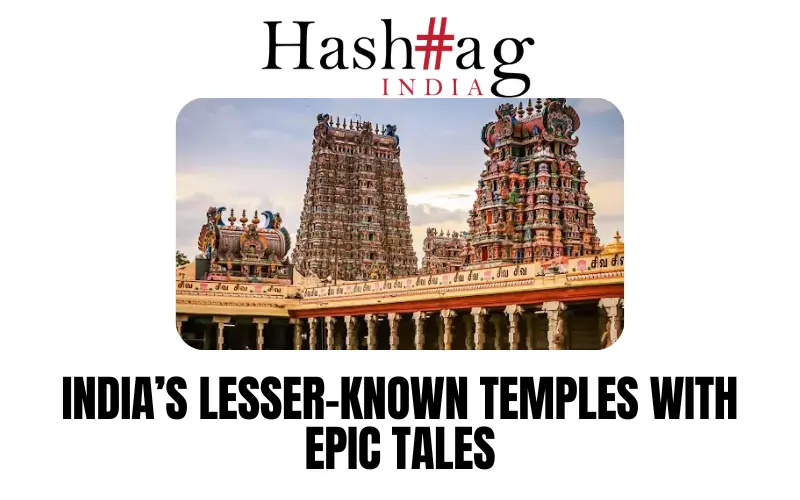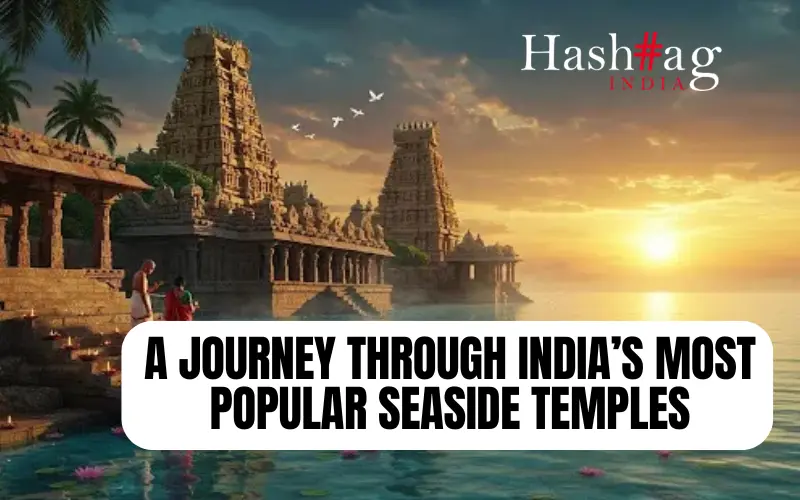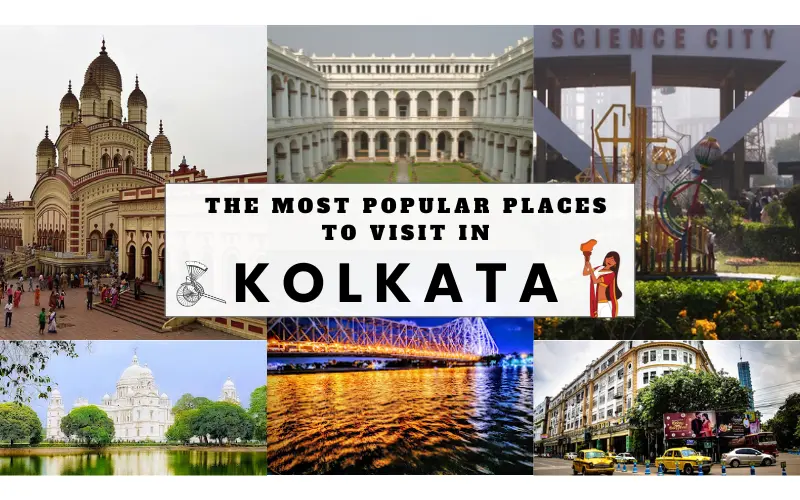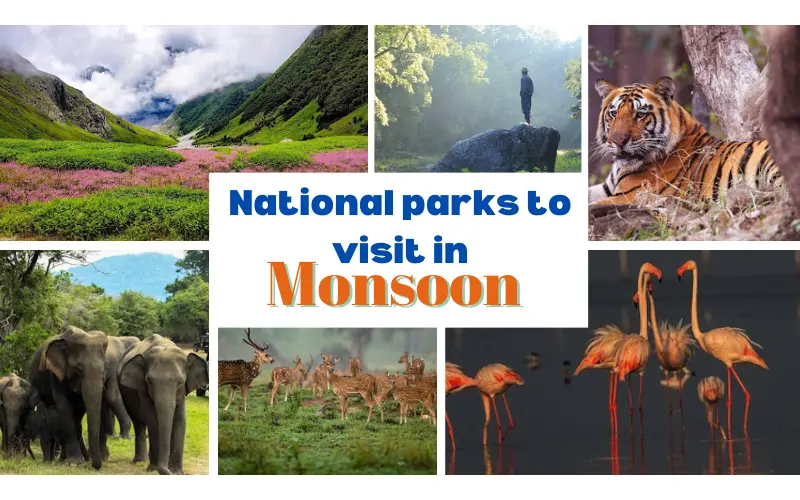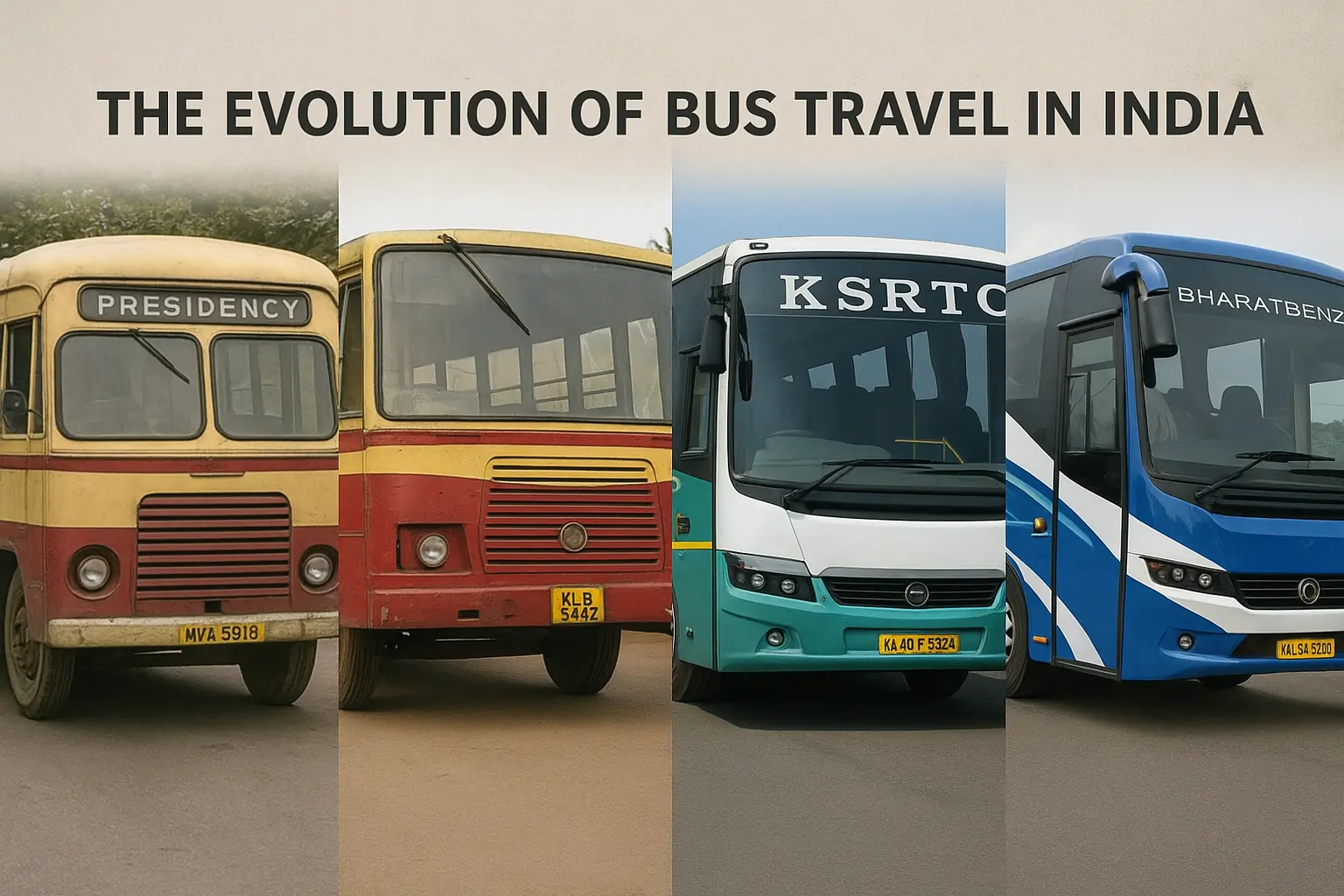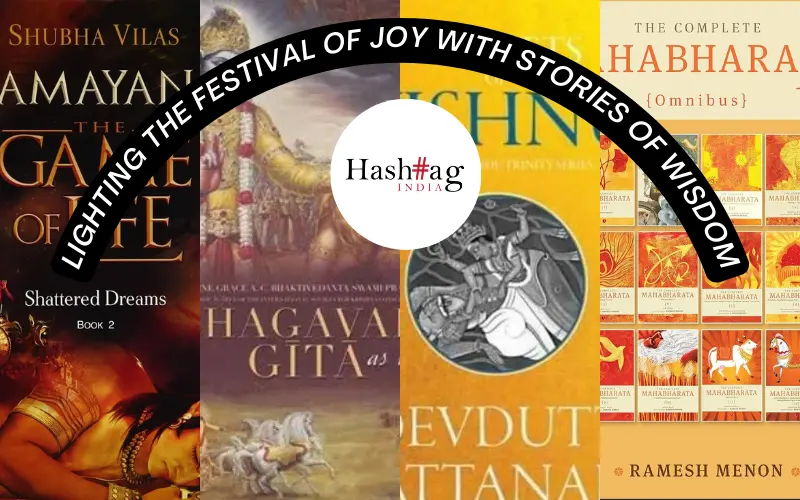The Himalayas in India are famous for their natural beauty and spiritual importance. Kedarnath and Badrinath, two of the most revered pilgrimage destinations in India, are located in the Garhwal region of Uttarakhand.
The journey to these holy shrines is a tough one, as they are situated at an altitude of more than 10,000 feet above sea level. Dhanush Kumar will look closer at the popular trekking routes to Kedarnath and Badrinath.
Kedarnath Trekking Routes
- Gaurikund to Kedarnath Trek

The Gaurikund to Kedarnath trek is the most popular trekking route to Kedarnath. It is a 16-kilometre trek that takes around 6-7 hours to complete. The trek begins from Gaurikund, which is the base camp for Kedarnath and follows a steep ascent through rocky terrain, narrow paths, and scenic waterfalls. The trek offers beautiful panoramic views of the majestic Himalayas and the lush green valleys.
2. Sonprayag to Kedarnath Trek
The Sonprayag to Kedarnath trek is a 20-kilometre trek that takes around 8-9 hours to complete. The trek starts from Sonprayag, which is located on the banks of the river Mandakini and follows a gradual ascent through scenic landscapes and dense forests.

The trek offers breathtaking views of the majestic mountains and lush green valleys. The highlight of the trek is the Kedarnath temple, which is a testament to the devotion of the Hindu pilgrims.
Badrinath Trekking Routes
Badrinath is one of the four sacred shrines in the Hindu religion and is dedicated to Lord Vishnu. It is located in the Chamoli district of Uttarakhand and is situated at an altitude of 10,170 feet above sea level. The trek to Badrinath is a challenging one because there is a steep ascent through rocky terrain and also narrow paths.
1. Mana Village To Badrinath Trek
The Mana Village to Badrinath trek is a 4 km trek that takes around 2-3 hours to complete. The trek starts from Mana village, which is also the last village on the Indian side of the Indo-China border, and from there, you have to go through rocky terrain and narrow paths.

The best part of the trek is the breathtaking view of the surrounding mountains and the lush green valleys. The highlight of the trek is the Badrinath temple, which is considered one of the holiest shrines in the Hindu religion.
2. Vasundhara Falls To Badrinath Trek
The Vasundhara Falls to Badrinath trek begins from the falls and takes around 4-5 hours to complete. The Vasundhara Falls is a picturesque waterfall located near the Mana village and follows through scenic landscapes and dense forests.

The trek also offers breathtaking views of the surrounding majestic mountains and the lush green valleys.
Tips For Trekking To Kedarnath and Badrinath

- Physical fitness is a key aspect of trekking in these regions because there are steep ascents through rocky terrain and narrow paths. You should remain fit and build stamina and endurance.
- Proper clothing is also important because the weather in the Himalayas can be unpredictable, and it is advisable to carry warm clothing, rain gear, and shoes for trekking.
- Hydration is essential during the trek, and it is advisable to carry a water bottle and drink water at regular intervals.
Conclusion
Trekking to Kedarnath and Badrinath is a thrilling adventure that offers breathtaking views. The trekking routes are challenging yet rewarding. With proper planning and mental preparation trekking to Kedarnath and Badrinath can be a life-changing experience.


